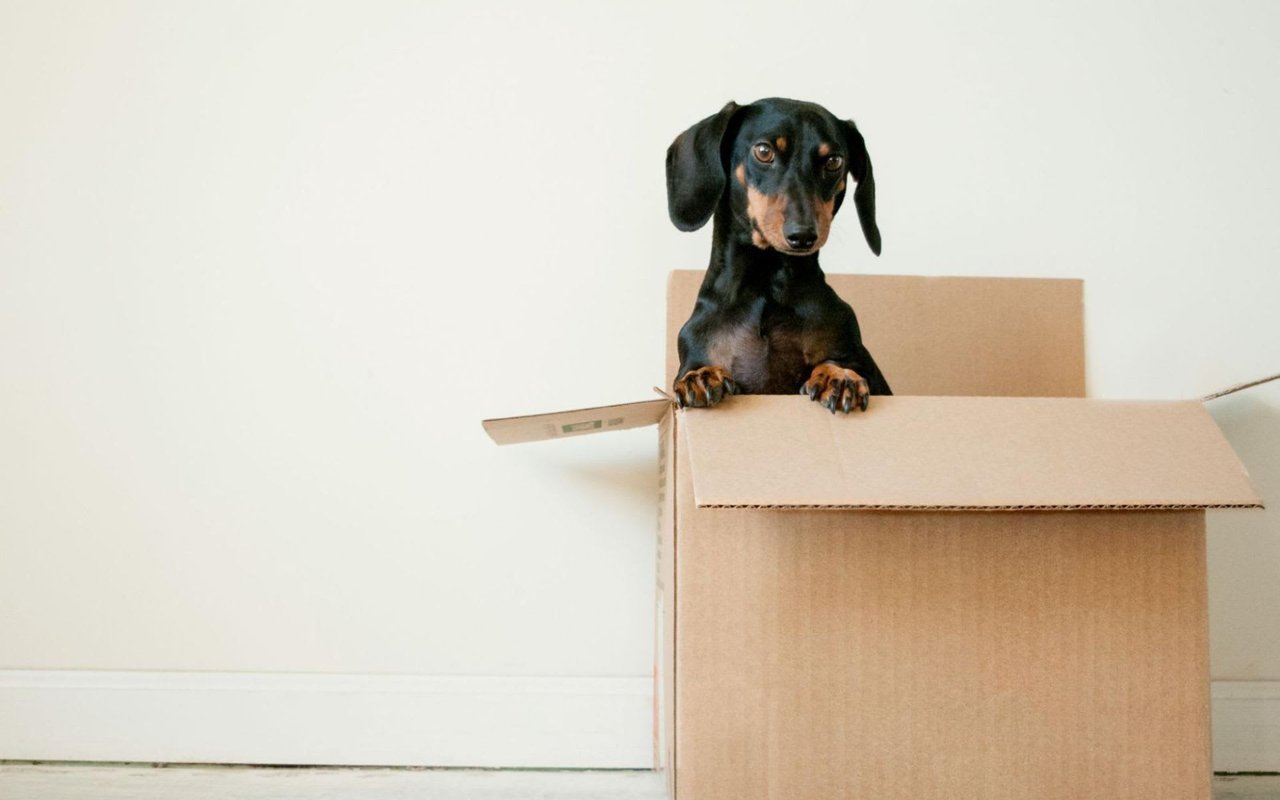Moving to a new home is an exciting adventure, but it can also bring stress–especially when pets are involved. Unlike humans, animals don’t understand the changes happening around them, which can make the process overwhelming. Whether you're moving from across the country or across the city, ensuring your pets feel safe and comfortable throughout the transition is essential. Here’s a guide on how to move with pets and make the experience as smooth as possible for both you and your furry companions.
1. Plan Ahead for a Pet-Friendly Move
One of the best ways to minimize stress for your pets during a move is to plan as much as possible ahead of time. Start by considering the unique needs of your pets. Are they anxious in new environments? Do they dislike car rides? If you can identify potential issues early on, you’ll be better prepared to address them.
Create a checklist that includes:
- Arranging a vet visit before the move to make sure your pets are healthy and up-to-date on vaccinations.
- Asking your vet for any recommendations, like calming medications, if your pet tends to be anxious.
- Keeping copies of medical records in case they’re needed during the move.
- Making travel arrangements if you’re moving long distance, which could include finding pet-friendly hotels along the way or preparing for air travel.
2. Keep Pets Safe on Moving Day
Moving day can be chaotic, with movers coming in and out, boxes being packed, and furniture being rearranged. This busy environment can be stressful and even dangerous for pets, who might become scared or confused.
On the day of the move, it’s a good idea to keep your pets in a quiet, secure area away from all the action. This could be a separate room with their bed, toys, food, and water. Place a sign on the door to let movers know that the room is off-limits to prevent accidental escapes.
If your pet tends to be more anxious, consider asking a friend or family member to care for them for the day, or even boarding them at a trusted facility until the move is complete. Keeping them in a calm environment will help minimize their stress.
For long-distance moves, plan to transport your pet in a safe, comfortable carrier or crate. Make sure they’re familiar with it beforehand, so it feels like a secure space during the trip.
3. Pack a Pet Moving Kit
When preparing for your move, pack a kit with all of your pet’s essentials. This will help you avoid digging through boxes to find what you need once you arrive at your new home. Your pet’s moving kit should include:
- Food and water bowls
- A few days’ worth of food and bottled water
- Medication and supplements
- Favorite toys or blankets for comfort
- Litter box and bags for waste (for cats and dogs)
- Leash, harness, and collar with updated ID tags
- Towels or wipes in case of accidents
4. Maintain a Routine Throughout the Process
Pets, especially cats and dogs, thrive on routine. Sudden changes can make them anxious, so it’s important to keep their daily habits as consistent as possible during the move. Try to feed, walk, and play with your pets at the same times each day, even as your surroundings change.
If your pet normally sleeps in a certain bed or has a favorite toy, make sure those items stay available throughout the move. Familiar smells and items will offer comfort and security during a time of transition.
If your pet normally sleeps in a certain bed or has a favorite toy, make sure those items stay available throughout the move. Familiar smells and items will offer comfort and security during a time of transition.
5. Introduce Your Pet to the New Home Gradually
Once you arrive at your new home, it’s important to introduce your pet to the new environment slowly. Give them time to adjust to one room at a time, starting with a quiet space that has their bed, toys, and food. This helps prevent sensory overload, which can happen when animals are introduced to an entirely new space all at once.
6. Update Your Pet’s Information
During the moving process, it's easy to overlook updating important information, but keeping your pet’s ID tags and microchip details current is crucial. Make sure your pet’s collar has your new address and contact information before moving day. If your pet is microchipped, contact the microchip company to update your details as soon as possible.
7. Be Patient With the Adjustment Period
Moving is a big change for everyone, and it can take time for pets to adjust to their new environment. It’s normal for them to exhibit different behaviors in the first few days or weeks, like hiding, pacing, or showing a lack of appetite. Patience is key during this transition. Continue offering them a stable routine and plenty of love and attention as they settle in. Eventually, they will become comfortable in their new home, especially when it starts to smell and feel like their own space.
Reach Out to Danelle Reimer
Moving with pets can be a stressful experience, but careful planning and attention to their needs can make the process much smoother. Whether you’re buying a new home or selling your current property, Danelle Reimer is here to help you through every step of your move.
For personalized advice on your real estate journey, contact Danelle Reimer today.
For personalized advice on your real estate journey, contact Danelle Reimer today.




